After discussing possible Preterist soundbites in Orthodox texts concerning The End of Age/Last Days and The Second Coming/Final Judgment, let us now deal with the Resurrection of the Dead.
The Prayer’s Book Sunday Troparia and Kondakia, hymns to be sung on Sundays, have plenty of examples that at face value suggest that the general resurrection began to take place at the time of Christ’s visitation:
“As God, Thou didst arise from the Tomb in glory, and Thou didst raise the world together with Thyself.”
page 92
“…When Thou didst descend unto death, O Life Immortal, then didst Thou slay hades with the lightning of Thy Divinity. And when Thou didst also raise the dead out of the nethermost depths, all the Hosts of heavens cried out…”
page 92
“Though didst arise from the tomb…;and the dead arose, and creation at the sight thereof rejoiceth with Thee. And Adam also is joyful,…”
page 94
“My Savior and Redeemer hath, as God, raised up the earthborn from the grave and from their fetters, and He hath broken the gates of hades,…”
page 96
“…for He was pleased to ascend the Cross in the flesh, and to endure death, and to raise the dead by His glorious Resurrection.”
page 96
“Unto hades, O my savior, didst Thou descend, and having broken its gates as One omnipotent, Thou, as Creator, didst raise up the dead together with Thyself. And Thou didst break the sting of death, and didst deliver Adam from the curse,…”
page 96
“Having arisen from the tomb, Thou didst raise up the dead and didst resurrect Adam. Eve also danceth at Thy Resurrection, and the ends of the world celebrate…”
page 100
Here every single instance of the verb raise, save one, is translated from the Slavonic Voskresenie, which exclusively means Resurrection, as opposed to raise (vozdvig), which could mean lifting anything up. At first, I thought the futurist translator was avoiding the usage of the theologically charged word Resurrection, but since he did sometimes (above and below) translate Voskresenie as Resurrection, and since the Slavonic clearly uses both words interchangeably and since in one instance, he went the other way around and translated the Voskresenie of Jesus Himself as arise, I cannot assert mistranslation here. Most likely he agrees with the Slavonic, that Resurrection and raising [of the dead] are interchangeable and the meaning of raising is defined by context.
Having defined this, notice that in the above, resurrection or rising from the dead is past and conveyed at face value as the Resurrection. It does not say that only the souls of the dead were raised to paradise, but that the dead, the earthborn from the grave, were risen, resurrected from the grave at the time of Christ’s resurrection. It sounds like the general resurrection to me, one that if so happened, had to take place in the unseen realm, as for the most part, no one has seen it. If pressed, an Orthodox would state the official view that this means the taking of the souls of the Old Testaments saints from Hades to heaven, that the general resurrection of the body is yet to come. However, that is not what the text above says at face value. And the text is in line with what the Bible states, that the general resurrection was to take place during the lifetime of that generation listening to our Savior and therefore it must have been of the unseen realm.
Some of these resurrection prayers suggest that the resurrection that began after Christ earthly ministry ended, continues to happen to every faithful until today:
“Having by His life-bestowing hand raised up all the dead out of the dark abysses, Christ God, the Giver of Life, hath bestowed the Resurrection upon the fallen human race;…”
page 98
“Hades is bound; the prophets rejoice with one voice, saying: A Savior hath come for them that have faith. Come forth, ye faithful, for the Resurrection.”
page 100
“Yet, as God, Thou didst rise from the dead, didst ascend to the heavens in glory, and didst raise with Thyself us who cry: Allelulia!”
page 132
In light of all this, the following Paschal hymns feel more powerful:
“Christ is risen from the dead, trampling down death by death, and upon those in the tombs bestowing life.”
page 102
“Though Thou didst descend into the grave, O Immortal One, yet didst Thou destroy the power of hades. And didst arise as victor,…You Who dost grant resurrection to the fallen.”
page 102
The language in the last prayer is present tense, now in current age, not at a future second coming or at a future age. When I sign them in my church during Pascha, they feel more than mystical, they feel real, present right now.
These prayers, at face value, deliver the impression that the life in heaven that the righteous souls began to experience at the New Covenant age, is synonymous with the resurrection. Assuming that these ancient hymns were delivered by the Holy Spirit to the fathers, it feels as if that is exactly what the Spirit wanted to convey. Only when they are interpreted under a Futurist eschatological view and they are exegeted in sermons or articles, we are told this only means the raising of souls from Hades into Heaven.
Even if so, this weakens the futurists’ argument that the word resurrection by definition means the resurrection of the flesh only. I don’t know Greek and as of now have not studied this word in the concordances, but I do know that the Slavonic translations were translated from the Greek by Greeks and that the Slavs were under the umbrella and supervision of Constantinople for centuries, so this sense of the word must have come from the Greeks themselves.
The bible is clear that at The Resurrection we will have a body, although it does qualify that body as spiritual, not animal (or natural), and neither of flesh nor blood (1Cor 15:44, 50). Unless there is evidence that such spiritual bodies exist today, then this seriously weakens the Preterist case and Preterists are forced to relay only on logic and exegesis to prove their point. In fact this alleged lack of immortal spiritual bodies around us is one of the main arguments against Preterism. However, it happens that the evidence for the existence of such bodies exist, although I acknowledge that only in a very subtle way.
Although ignored by the Western media and churches, there are countless testimonies throughout history up to this day, of Saints appearing in body to mostly the Orthodox faithful, not in dreams nor in visions, but in physical appearance and interacting in earthly manner, as Christ did during the 40 days after His resurrection or as the Old Testament angels did. A place of numerous such occurrences is the monastic community of the Holy Mountain of Athos in Greece. Saint Paisios of Mount Athos, in his Athonite Fathers and Ahonite Matters, related that he once lost his way and went up towards the barren peak of Athos. It was getting late so he implored the Theotokos and:
…suddenly, an anchorite with a radiant face appeared before me. He was about seventy years old and his clothing showed that he had no contact with people. He was wearing a habit that looked as if it was made of sailcloth, but it was very faded and full of holes…Before I could ask him, he said to me: “My child, this is not the path to Saint Ann’s”, and he pointed to the right one. From his whole appearance it seemed he was a saint! Then, I asked the hermit: “Where do you live, elder?” He answered: “Somewhere round there”, indicating the peak of Athos…Later, when I heard that there are twelve anchorites at the peak of Athos -some said seven- thoughts filled my mind and related the incident to some experienced elders, who told me: “That would have been one of the righteous anchorites who live invisibly at the peak of Athos!”
https://www.amazon.com/Athonite-Fathers-Matters-Elder-Paisios/dp/B000QFOBXQ
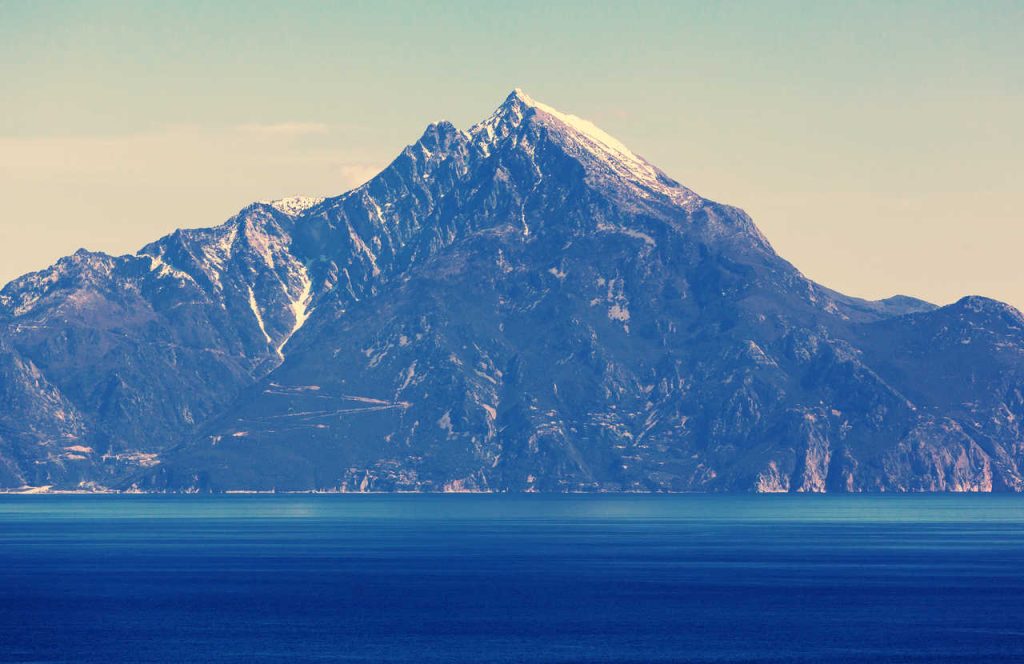
The sighting of these invisible anchorites at the inhospitable peak of Athos is a relatively known phenomenon in the Orthodox world and the testimonies suggest they appear and disappear in the material plane at will, like angels do. Saint Paisios also related that a Martyr from the Third century visited him…
“…I was in my cell, I heard knocking on the door and a female voice says ‘By prayers of the holy fathers.’ How could a woman be on Athos? I asked who is it? ‘Euphemia’ she answered. The third time she knocked, the door opened by itself though locked. I saw a woman with a head scarf, accompanied by evangelist Luke, then he disappeared. She shone brilliantly – it wasn’t from the devil. She said ‘I am Martyr Euphemia.’ “Come, we’ll venerate the Holy Trinity together; she repeated everything I said. Now I’ll venerate you too, I venerated her by kissing her feet and the tip of her nose. She sat, answered my questions for hours and told me of her life as a tortured martyr and then she vanished – I was ecstatic for days after this visit! After the Mother of God, I love St. Euphemia.”
https://www.antiochpatriarchate.org/en/page/st-euphemia-visiting-st-paisios/1224/
Priestmonk Ioannikios Kotsonis in his Sayings of the Holy Fathers and Elders of Mount Athos, conveys this story about an ordinary monk:
“One night during a full moon, while he [Iakovos] was praying, he heard the footsteps of a man. He carefully hid himself. Then he saw the man entering the narthex, naked and with long white hair and a very long beard. The man blessed the door of the church, which had opened by itself, with the sign of the cross. He went into the church, venerated the icons, and then exited, blessing the door again with the sign of the cross as it shut itself by divine power. Then he began to go uphill, taking the path from the skete toward Kerasia.
https://www.amazon.com/Athonite-Gerontikon-Sayings-Fathers-Mount/dp/B000X9WRJU
…lakovos, overwhelmed with admiration and curiosity, followed this unknown hermit quietly step by step. Soon they reached the location of the Cross, made a right turn, and followed one behind the other, taking the path leading to the top of Athos. When the hermit reached the church of Panagia, the novice quickened his step and jumped in front of him, making a prostration and pleading with him to receive him under obedience “You cannot stay here, my son,” the unknown hermit replied. lakovos insisted, wetting the ground with his tears.“Return to your elder, be obedient, and you will be saved. No one can endure this place without having divine grace, and you should also know that you will soon die.” lakovos went back, told his elder all that had happened, went to his confessor, prepared himself for his departure, and three weeks later fell asleep in the Lord.It has been said that during the translation of his relics, a fragrance was sensed coming from them.”
At the last supper Christ said to His apostles that after his resurrection He will manifest only to them and to those who truly loved Him, but not to the world (John 14:21-23). Could these Saints be acting in like manner? Could the Kingdom of Heaven and those in it, be so holy that only a few, the meekest ones, are able to witness it while not yet in it? Could it be that God’s way to test our faith, His means to show who is truly with Him, is by veiling these things from flesh and blood, which necessitates faith to believe, unveiling details only to those few who truly deny themselves and seek first His Kingdom?
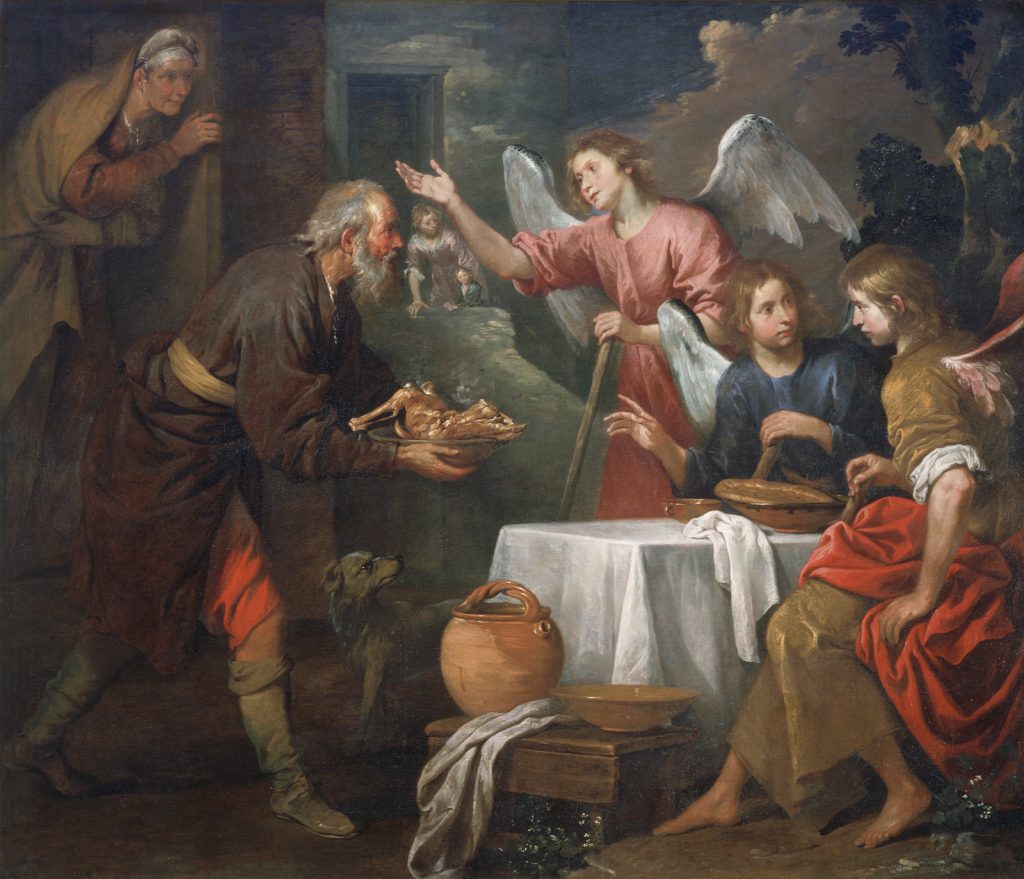

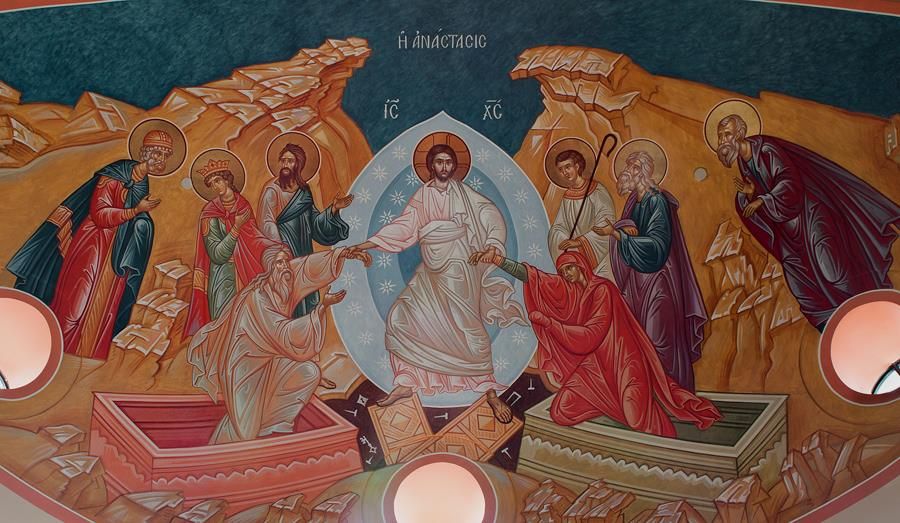

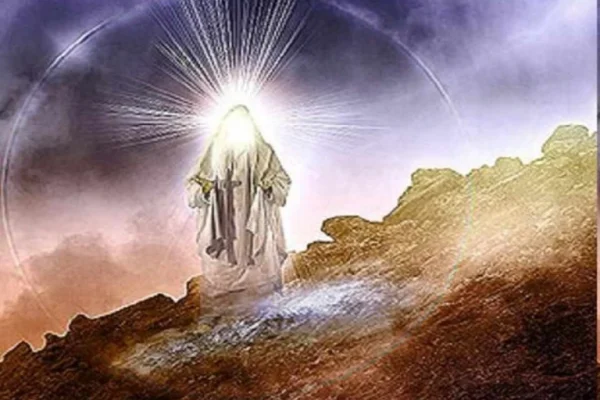
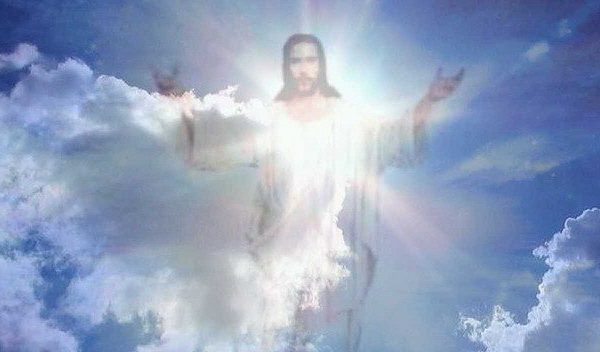

makes sense